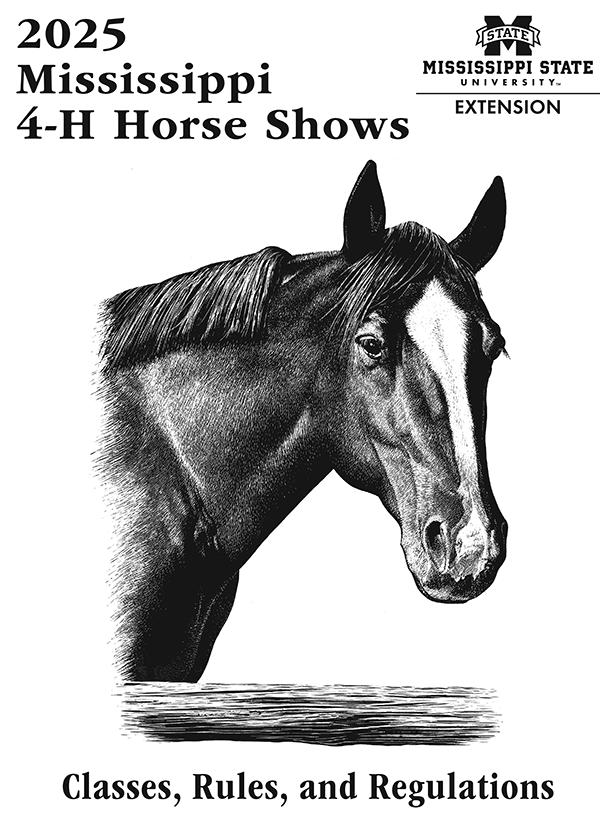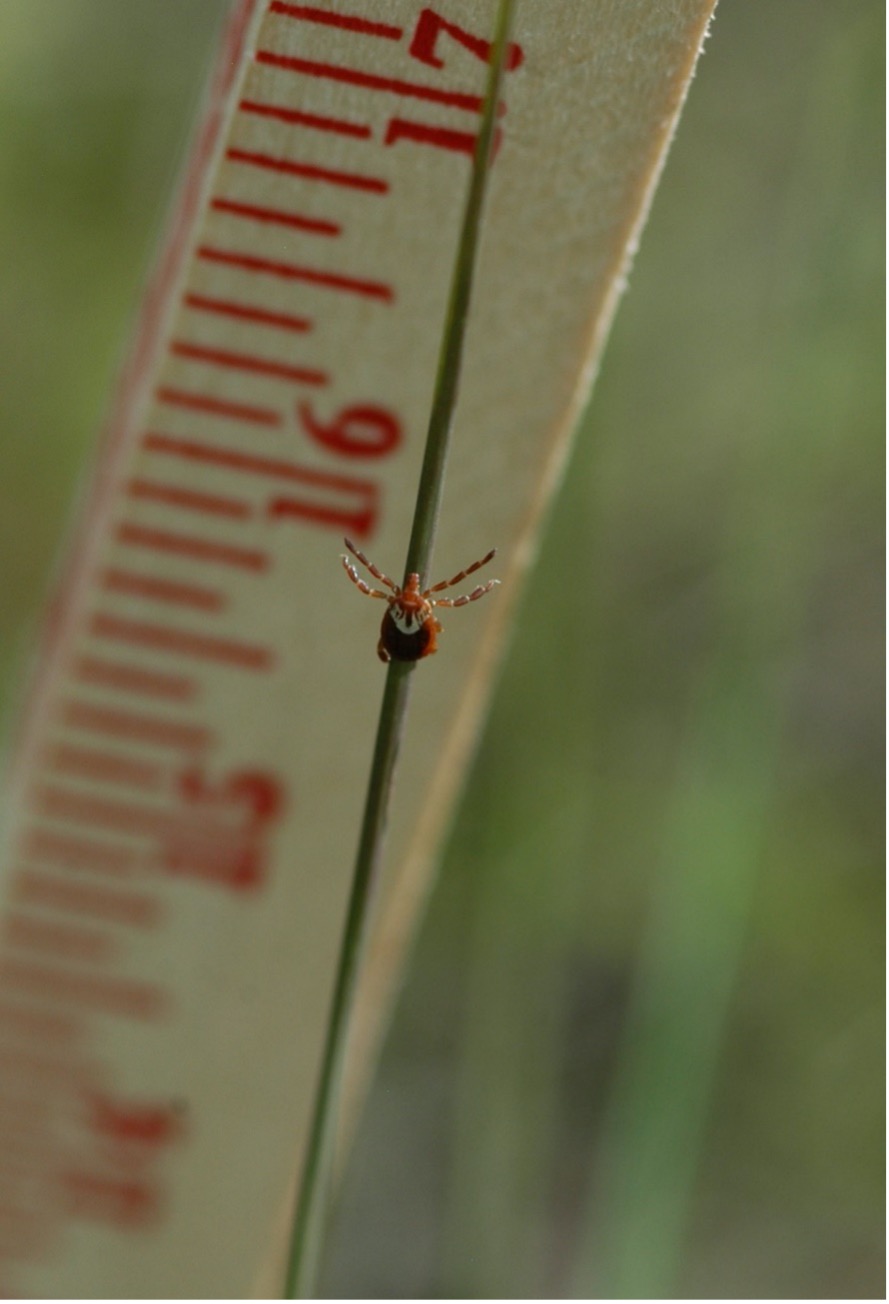 2025 Mississippi 4-H Horse Shows: Classes, Rules, and Regulations includes all the information you need to prepare for and succeed at 4-H horse shows.
2025 Mississippi 4-H Horse Shows: Classes, Rules, and Regulations includes all the information you need to prepare for and succeed at 4-H horse shows.
Download the PDF above for the full publication.
Publication 821 (rev-04-25)
Celebrate National Blueberry Month with these tips to help you add more berries to your diet.
Coreopsis, our state wildflower here in Mississippi, is getting the spotlight it deserves at Mississippi State University’s South Mississippi Branch Experiment Station in Poplarville.
During a recent visit to their trial gardens, I had the chance to check out several varieties currently being evaluated.
As warmer weather lures us outside for yardwork, hiking, and family picnics, it’s important to stay alert for ticks.As warmer weather lures us outside for yardwork, hiking, and family picnics, it’s important to stay alert for ticks.As warmer weather lures us outside for yardwork, hiking, and family picnics, it’s important to stay alert for ticks.
Mississippi State University will host a half-day grape workshop on July 11 for anyone interested in growing bunch grapes in the state.
Itch, itch. Scratch, scratch! Mosquito season is alive and well here in Mississippi. These insects are most active when the temperatures are above 50°F, meaning they’re here in the South for a good chunk of the year.
As the Fourth of July approaches, many of us are preparing to celebrate with patriotic decor, fireworks and gatherings with family and friends. Why not extend the celebration into the garden with plants that proudly show off our nation’s colors?
In this bittersweet episode Bronson visits with Steve as he reflects on his retirement from the MSU Deer Lab after a long and impactful career in wildlife management. Steve discusses some of the research that he considered very important in his career that impacted resource management. He reviews his research on forest management, prescribed fire, DMAP data, environment vs genetics, females choose antlers, antler restrictions, selective harvest, and CWD sampling. We hope you enjoy Steve’s stroll down memory lane.
Check out the MSU Deer Lab’s online seminar series (here) and choose the Natural Resources option from the Categories drop down menu. You will have to create an account to view the seminars. The seminars are free unless you are seeking professional educational credits.
Also, be sure to visit our YouTube channel (here)










